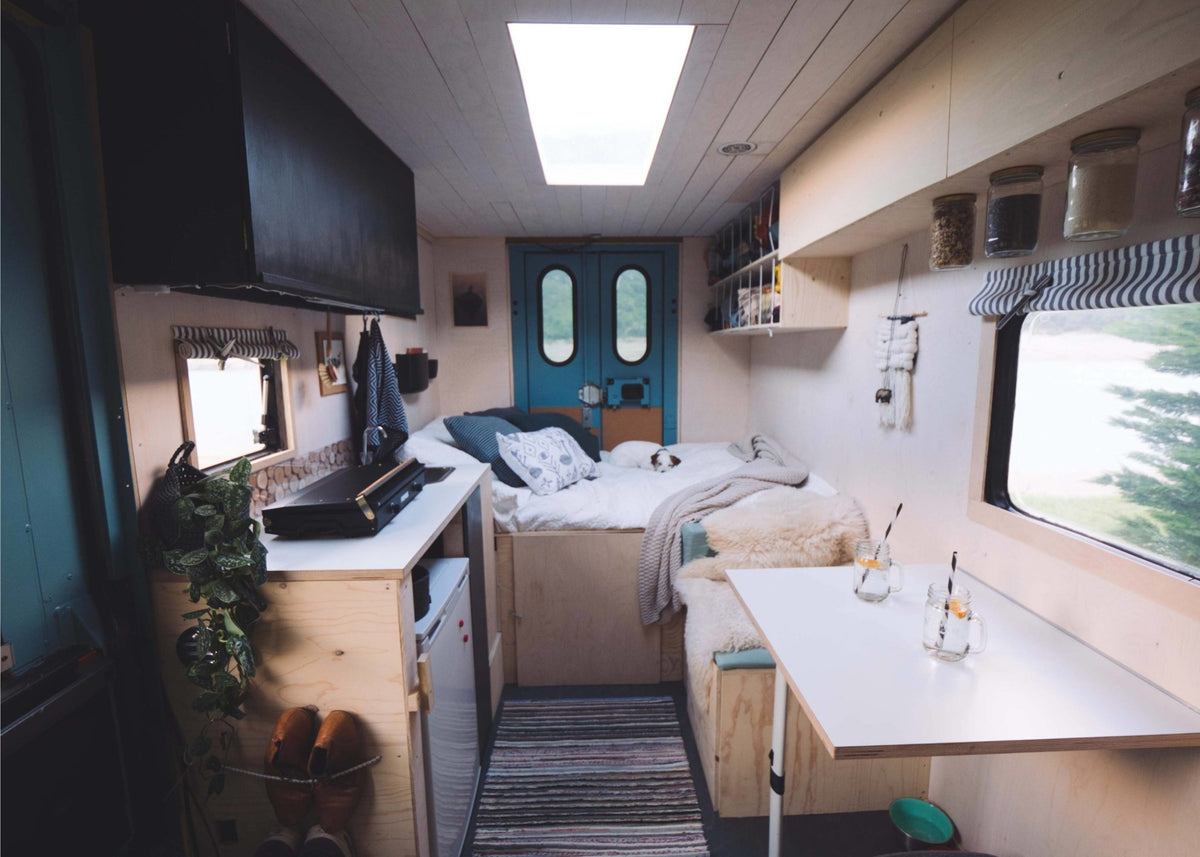
VAI-KØ Van Conversion: Interior Introduction
If simple living in a van facinates you after considering the pros and cons o...

If simple living in a van facinates you after considering the pros and cons o...
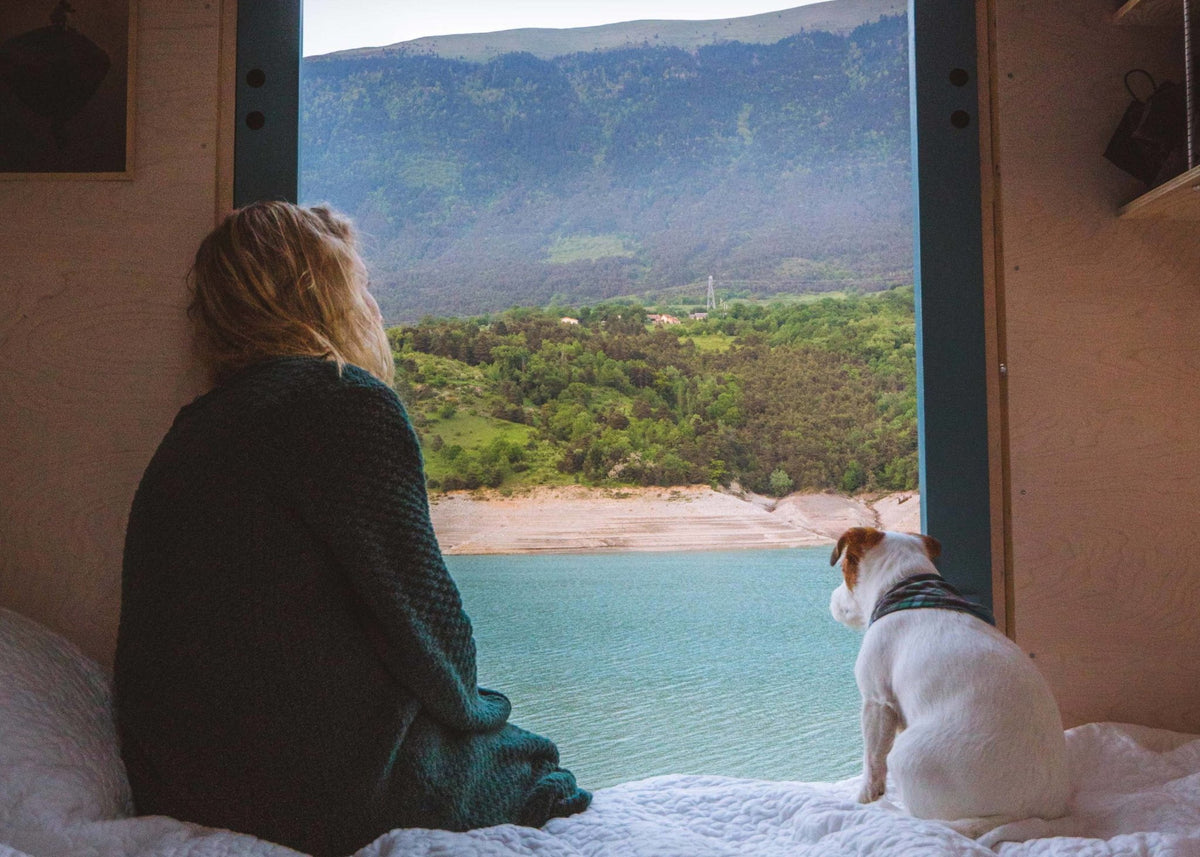
Urbaani arki ja elämän hektisyys ajoivat VAI-KØn yrittäjäpariskunnan, Henrin ja Marian, etsimään vapaampaa elämää vanlife:sta. Vapaus ei kuitenkaan ole ilmaista, tässä artikkelissa he kertovat omia kokemuksiaan elämäntyylin haasteista ja mahdollisuuksista.
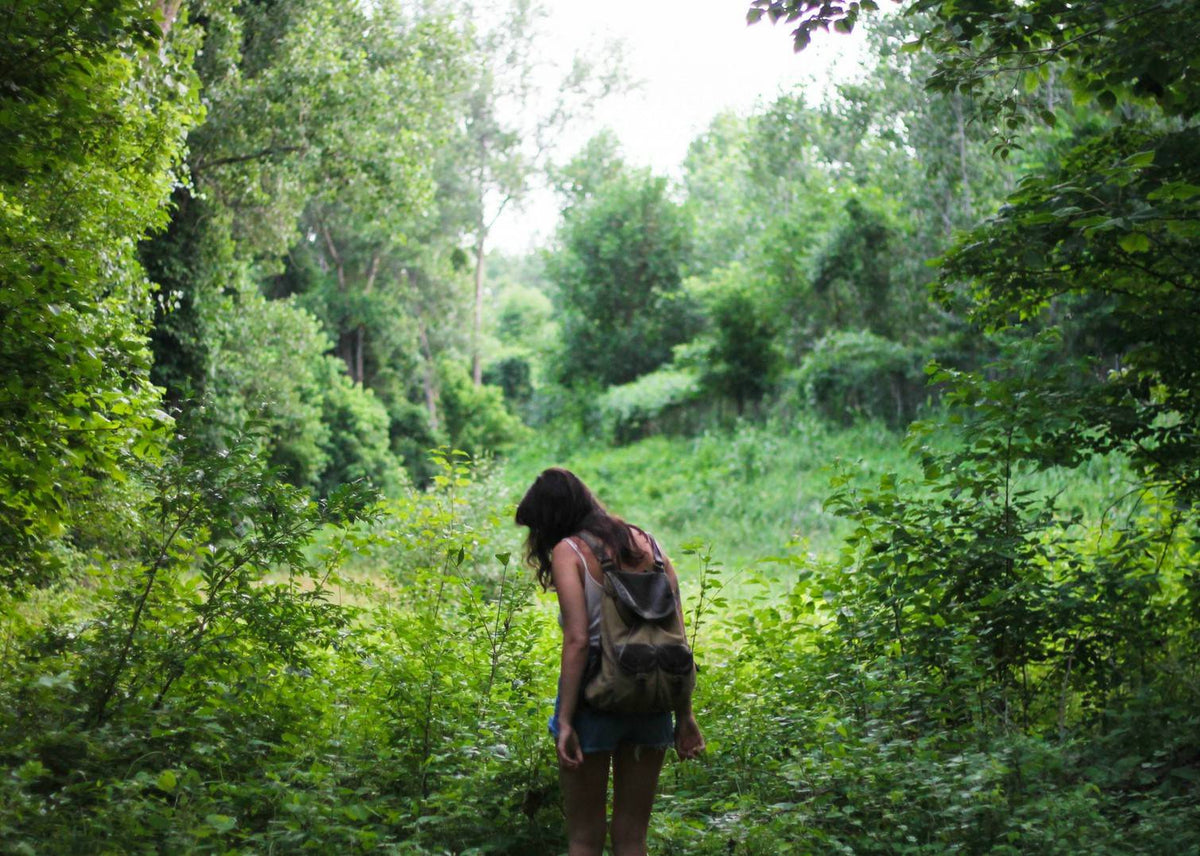
In this article, we talk about social responsibility in the fashion industry. What ...
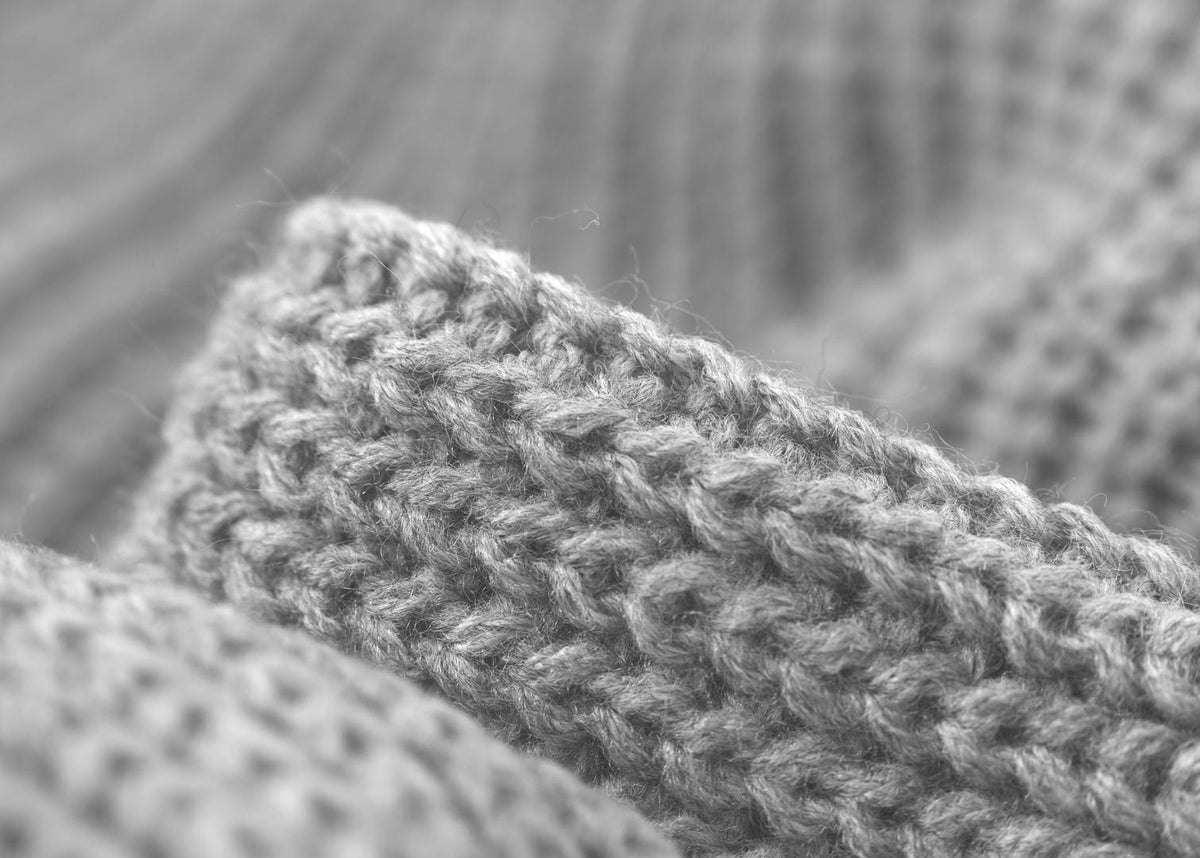
Tässä artikkelissa tarkastelen laajenevaa kierrätysmateriaalien käyttöä vaatteissa...
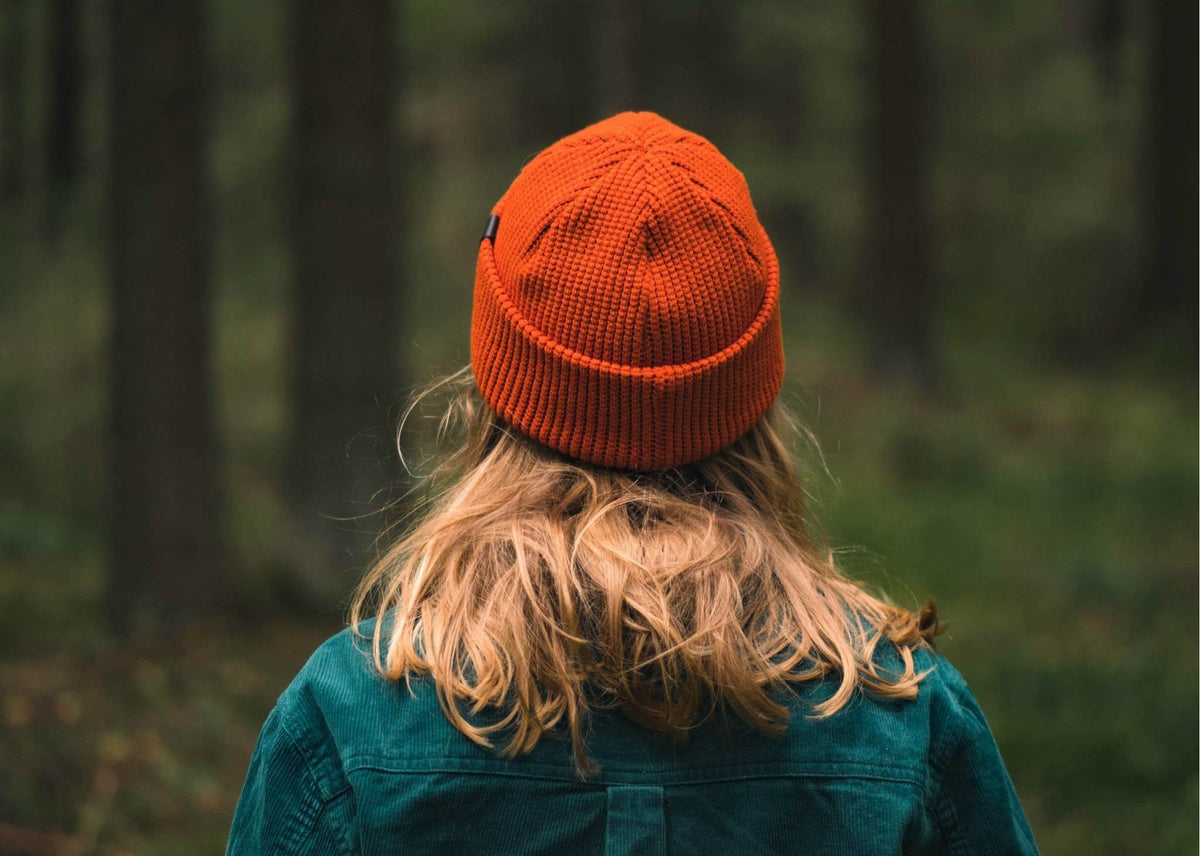
In this article we'll tell you what exactly Merino Wool is, what are those magi...
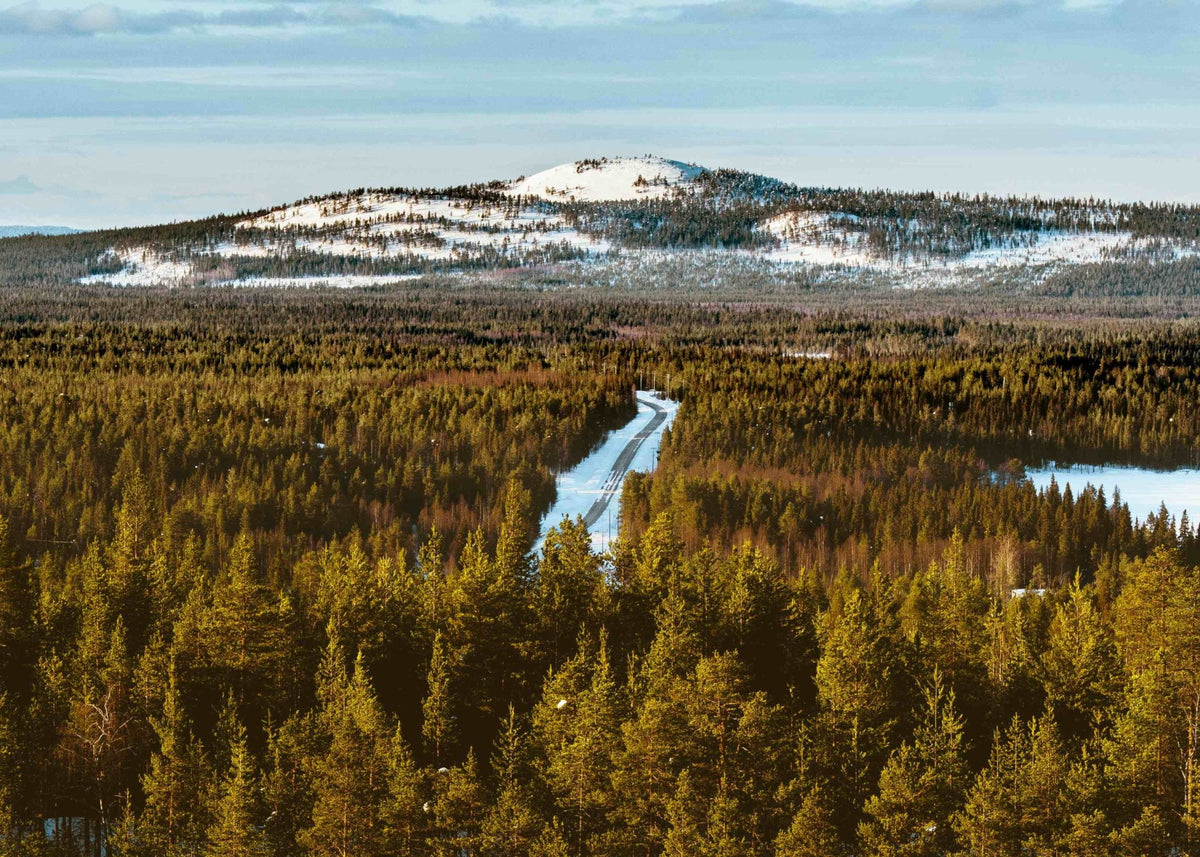
Living in a modern society, we cause a lot of waste unnoticed or even unknowingly...